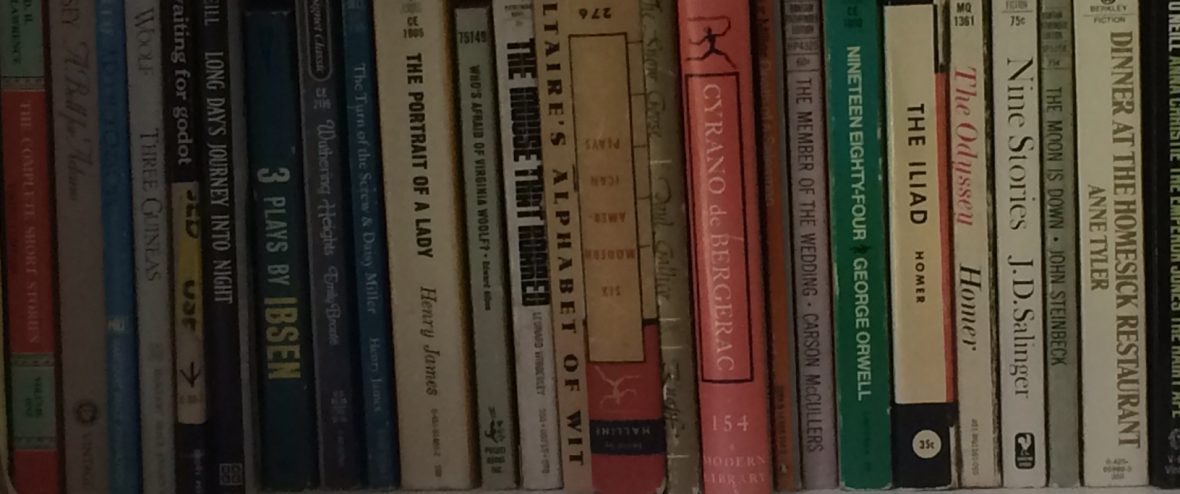If you don’t know Thornton Wilder’s play Our Town, you are in for a crash course. The theme of this play is also the theme of this book, even if it is shown in a round about way. This is told in three acts.
The Play’s Act One focuses on Daily Life. You meet the townsfolk, learn of the gossip around Simon Stimson, the town alcoholic. The day closes with you seeing two main characters – George and Emily – on the cusp on growing up. In Tom Lake you meet Lara, her daughters and her husband. You learn the everyday trials they all go through and how they end up together during the pandemic.
The Play’s Act Two focuses on Love and Marriage – the preparation for George and Emily’s marriage. Both say they are not ready, but George pledges to stay home to take over his uncle’s farm and Emily accepts her place to be his wife. Tom Lake shows you the complicated lives of Lara and her fellow community at a regional theater named Tom Lake. You see what people yearn for, how they want things to be, and how they interact. You even meet the town’s drunk.
Act Three is nine years later, we witness Emily’s funeral, having died in childbirth. She goes back to witness her 12th birthday and realizes you never pay attention to the things that matter when you are doing them. The question of whether anyone truly values the life they live while they are living it is asked, and answered, no. Tom Lake shows the choices made to make things change, how they create a type of death of the starlet that was Lara, but the birth of the woman Lara was meant to become. You see her choosing to make things be a certain way, staying at Joe’s uncle’s farm, choosing to live the life he offered her.
The similarities of Lara’s story to the play are compelling. Set at the time of the pandemic, Joe and Lara’s grown children return to their cherry farm in Traverse City Michigan to be together. Three daughters – Emily, the oldest is the most capable and willing to stay on the farm; Maisey is in veterinary school, looking to help others whenever she can; and Nell is pursuing acting full time in New York. Lara had been an actress, and had known a famous actor – Peter Duke – whom Emily was sure was her father. During this time together the three daughters finally prevail on Lara to tell them her story. Even the three daughters line up with the three acts of the play – the youngest pursuing a lofty future, the middle content to make everyone comfortable, and the oldest knowing her role in the play.
Without too many spoilers, the story unfolds in similar fashion to that of the play – straining for a future; wanting it all; and understanding what is at stake. For both, the need to understand the value of the life you live is the key. While the play ends in three acts, the book shows that Lara learned the lesson of the play and looked to ensure the life she lived was real and what she wanted. She never regretted anything, and felt that she had lived understanding the true lessons. Her life was the one that Emily wanted, but didn’t get. While the play leaves you sobbing, this leaves you a bit melancholy for what can so easily be lost, but also hopeful that the play will continue on with future generations in their own ways.

You must be logged in to post a comment.